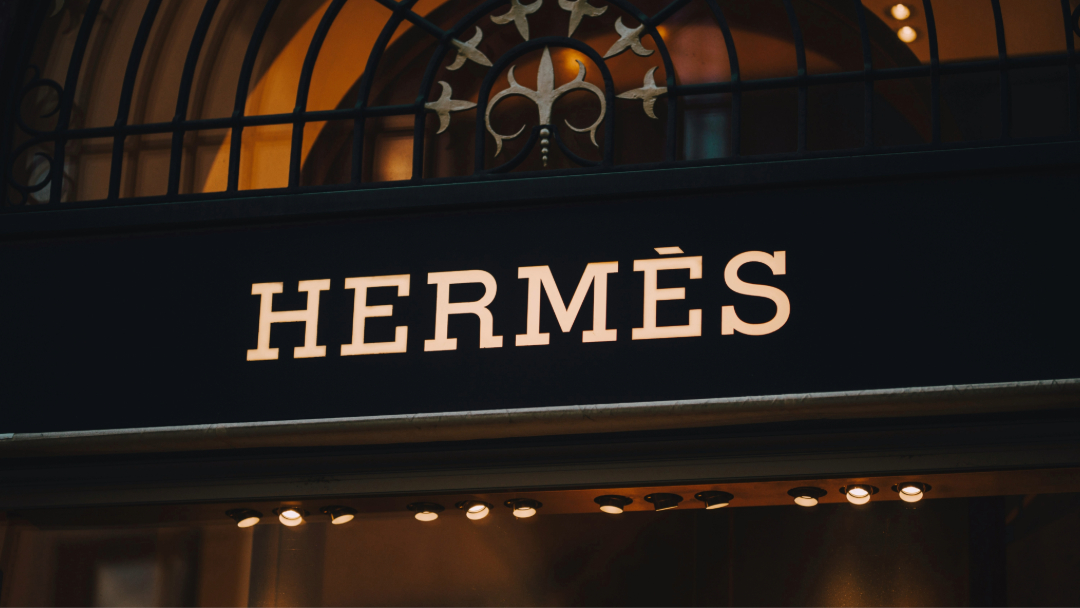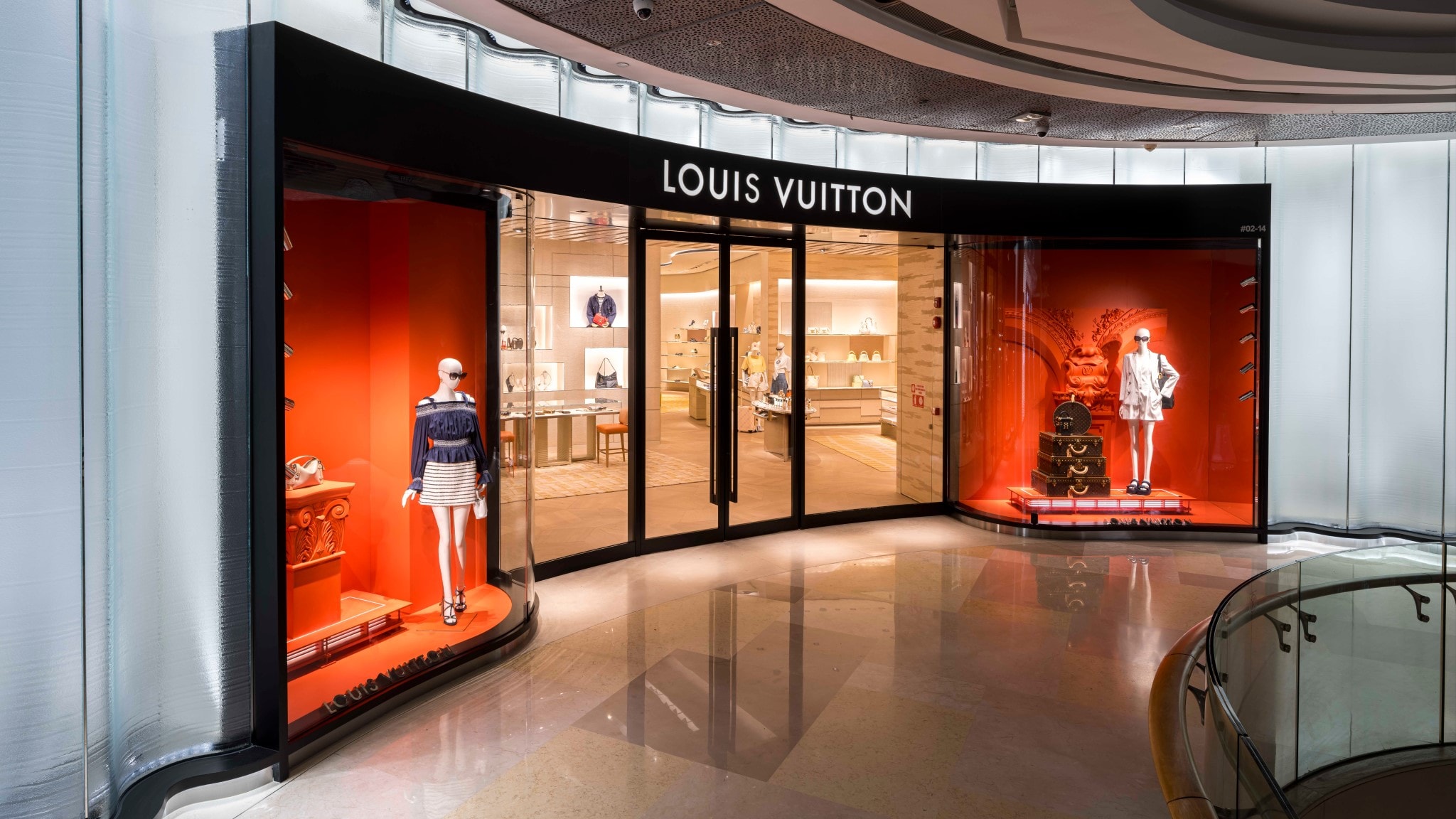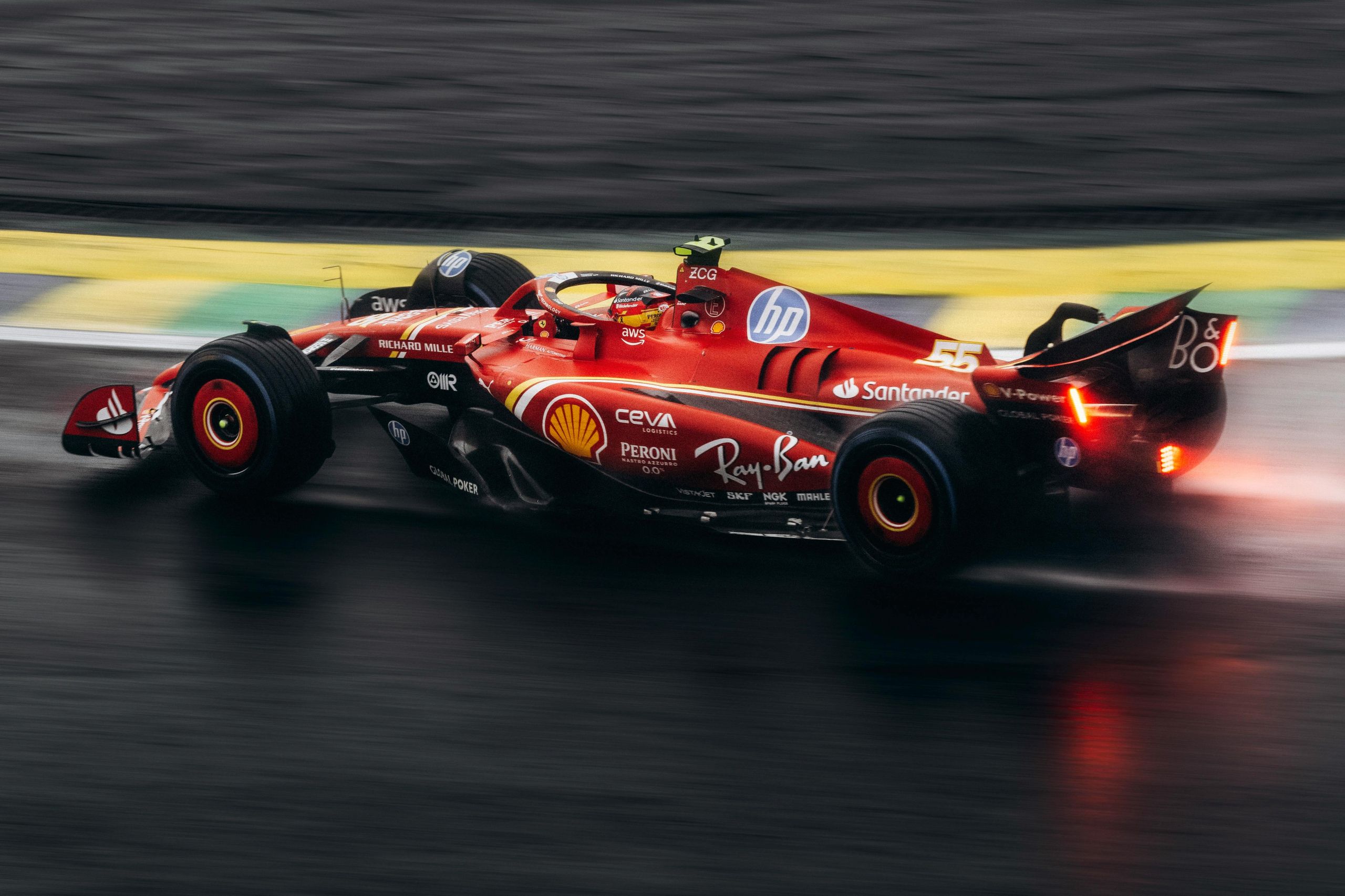Oliver Petcu, managing partner of CPP Management Consultants Ltd, discusses the longevity of Burberry’s significant turnaround

Oliver Petcu, managing partner of CPP Management Consultants Ltd, discusses the longevity of Burberry’s significant turnaround
Oliver Petcu, managing partner of CPP Management Consultants Ltd, discusses the longevity of Burberry’s significant turnaround.
From the live 3D broadcast of its fashion shows online and in the major flagship stores, its the leading position on Facebook being the most ’’liked’’ brand, its very well targeted advertising campaigns to the ‘’democratic luxury positioning’’, Burberry has been the most successful luxury brand of the past three years, defying the international financial crisis and posting double digit growth.
Burberry’s management has made smart decisions in investing heavily in revamping its retail network as well as expanding at a staggering rate. The company recently purchased its licensed stores in China to operate directly and further expand in the fastest growing luxury market in the world. Another winning factor in Burberry’s success has been the idea to feature all its lines under one store concept, instead of separating the different lines. The careful choice of the franchise partners has also played an important part in the impressive expansion strategy of the past three years. Burberry is the first major luxury brand to open a mono-brand store in countries such as Serbia, Egypt or Israel.
Christopher Bailey, Burberry’s creative director as well as current CEO Angela Ahrendts and former CEO Rose Marie Bravo are all credited with the current success of Burberry. Christopher Bailey has been diversifying the product line, reinventing the ‘’British classic’’ styles, while the company’s management made an excellent job with the ’’democratic’’ positioning of the brand, which has ’’allowed’’ Burberry to sell mostly ‘’Made In China’’ products at relatively high prices considering the actual production price, while other major competitors could not ’’afford’’ the Chinese production which would damage the brand.
“ how long the brand will maintain its attractiveness and how will its customers value it in the long term? ”
The company is owned by an investment fund which is now taking advantage of the skyrocketing sales to try and sell the company at the highest price possible. While major luxury industry players such as Gucci Group and LVMH have been rumoured to take over Burberry, it is more likely that a major Chinese or Middle Eastern investment fund to take over the brand as early as the end of 2011.
But just how long can this success last for Burberry, especially for its current business model and creative direction? Over half of Burberry’s retail network is represented by stores opened within the past 2 years and all of them are in emerging markets, and we all know how important newness and availability of the brand locally is, especially in emerging markets. Then it comes to the question of how long the brand will maintain its attractiveness and how will its customers value it in the long term. The ‘’democratic luxury’’ positioning, although it may have a very possitive message during the current recession, it remains to be seen how the consumers will regard it once most of the international market will have recovered from the recession. This positioning has also meant that Burberry’s direct competitors are not Gucci, Vuitton or Prada but rather Emporio Armani, Miu Miu, Just Cavalli or D&G.; With the exception of Emporio Armani and Miu Miu, the other brands have much smaller sales than Burberry and implicitly a smaller retail coverage. Then, there is the issue of exclusivity which is the core essence of any luxury brand and how exclusivity will remain instilled in the minds of consumers, despite the availability of the brand and consumer profile.
“ how much is the brand ‘’in control’’ of its local segmentation and consumer profiling? ”
Globalisation has been playing an important part in Burberry’s success, yet how much is the brand ‘’in control’’ of its local segmentation and consumer profiling. One such issue was faced by Burberry in its home country back in the early 2000’, when its distinctive check had become the uniform of the ’’chav’’, the stereotypical white working class delinquent looking for trouble. Bouncers and taxi drivers learned to turn away young men sporting Burberry baseball caps and jackets. When Daniella Westbrook, a soap actress, was photographed with the Burberry check adorning herself and her daughter the reputation of the brand seemed to be lost. Many consumers seem to have forgotten Ernest Shackleton who wore Burberry on his Antarctic expedition more than 100 years ago.
This article has been published courtesy of CPP Luxury where it first appeared here under the headline ‘ How long will Burberry’s success last?’.










